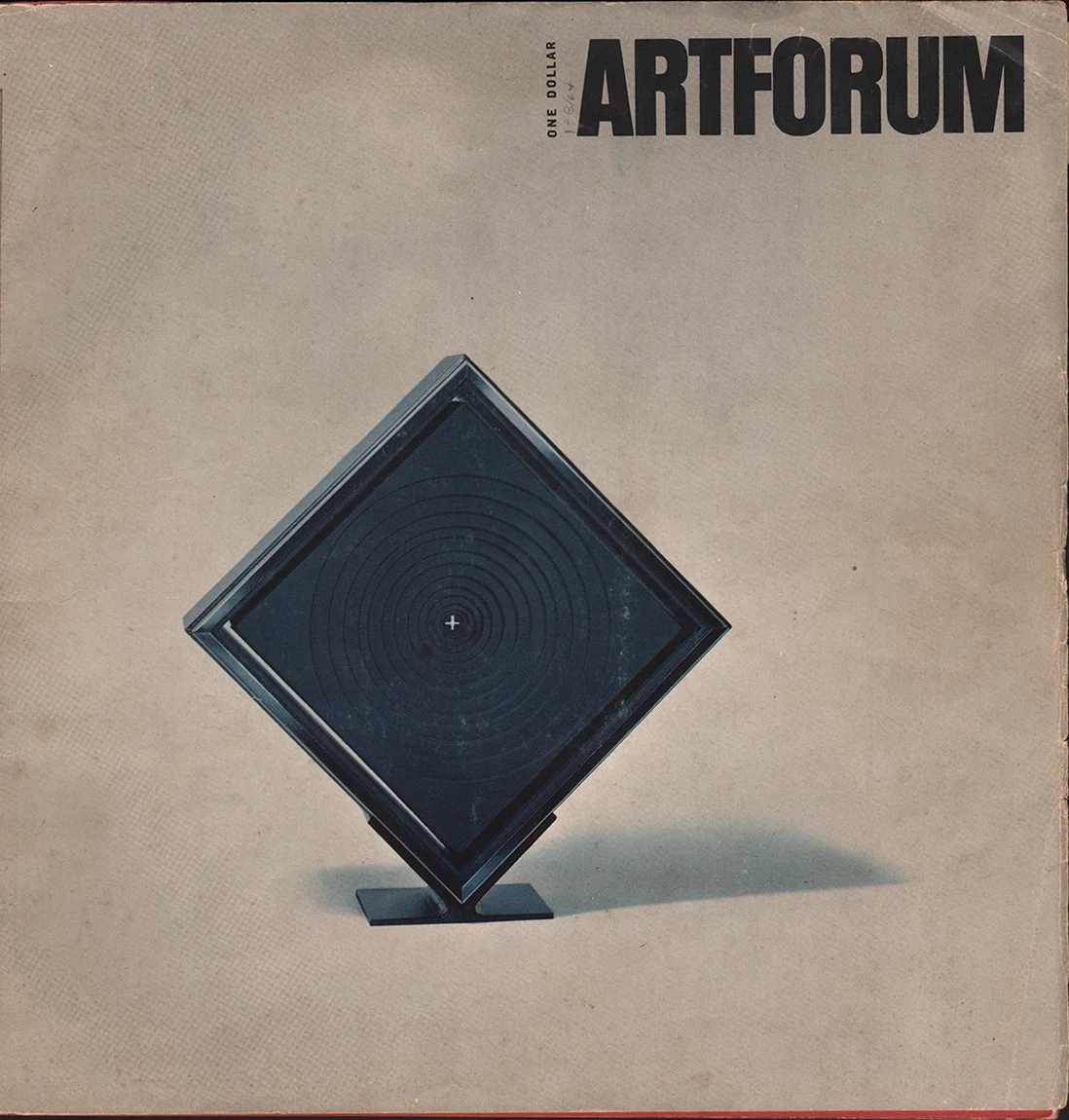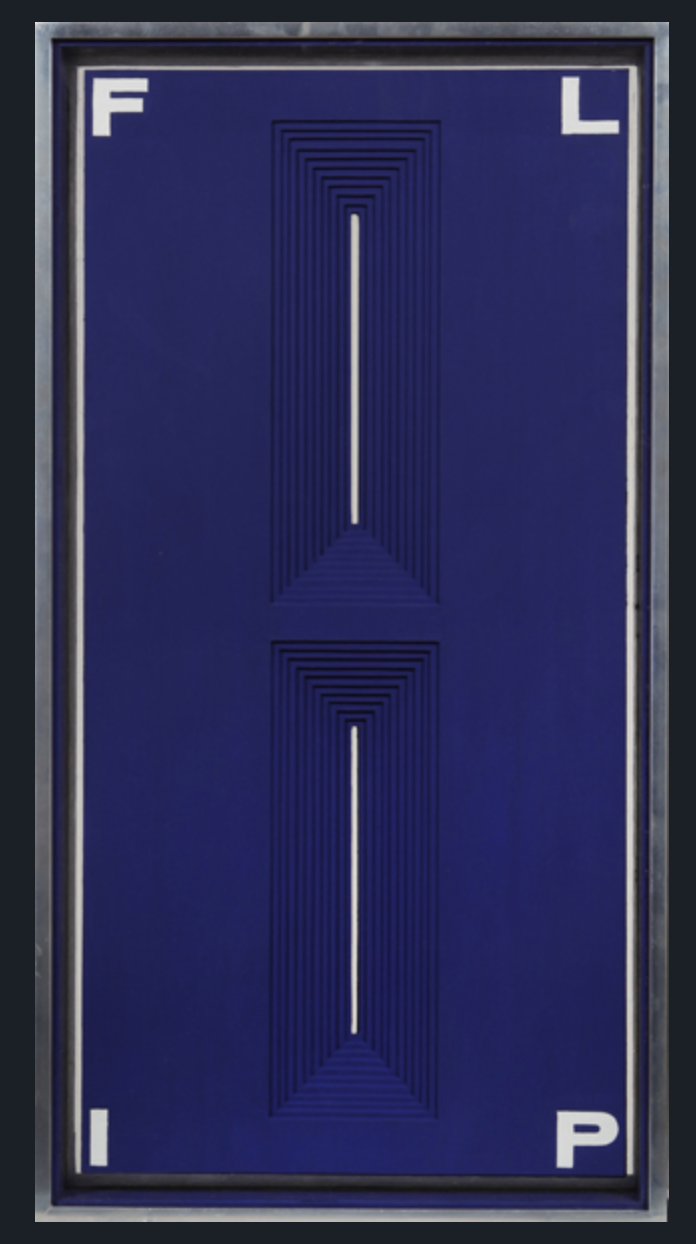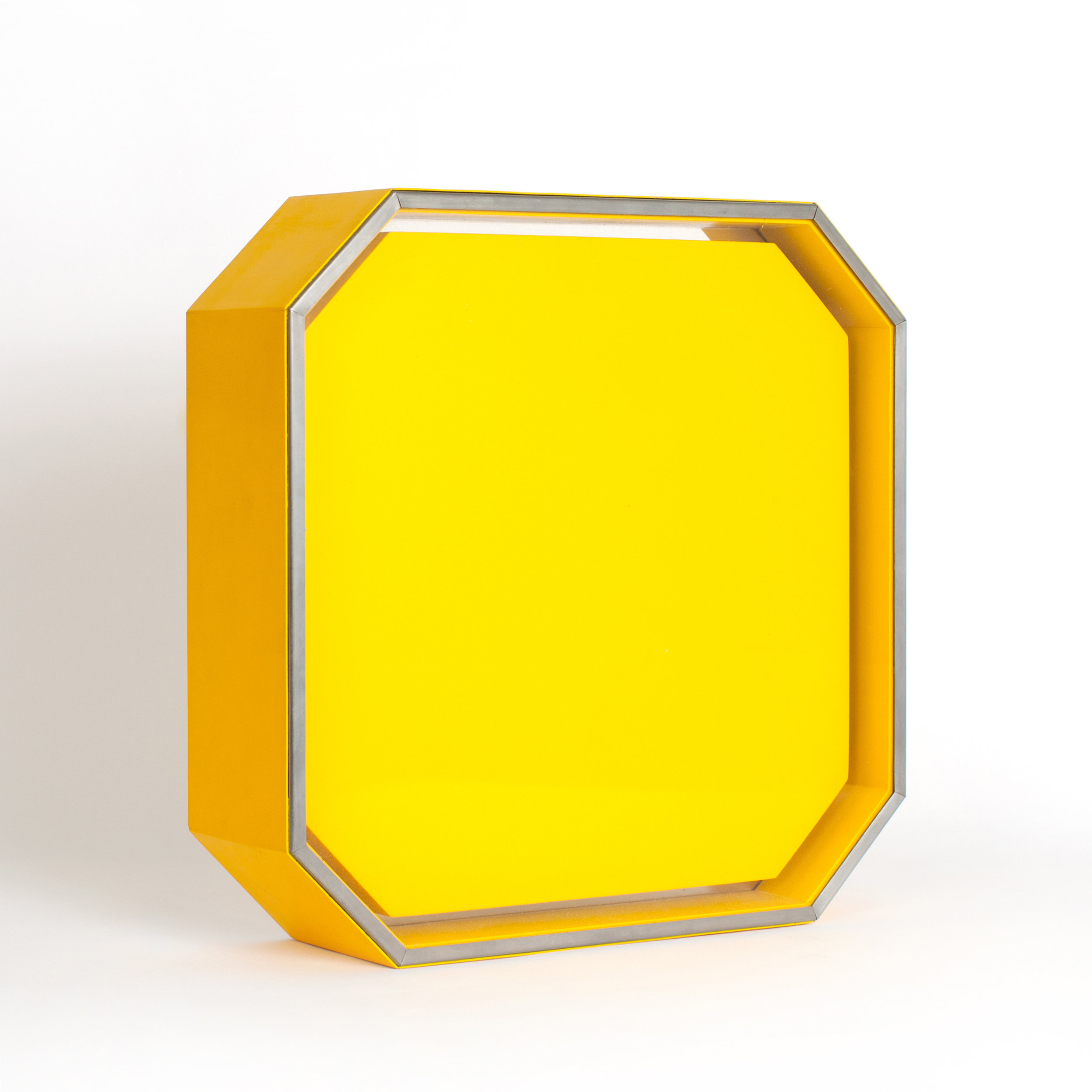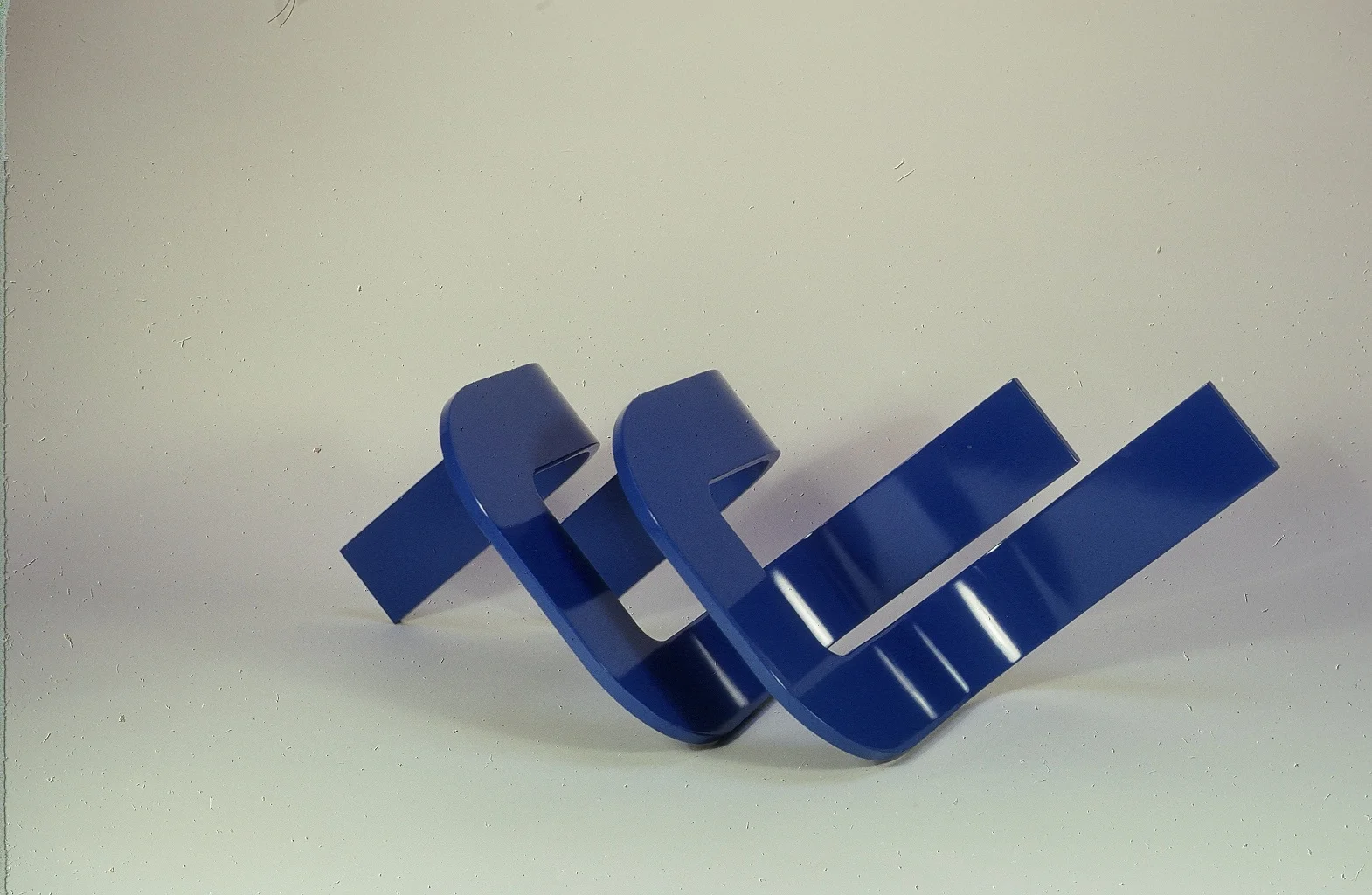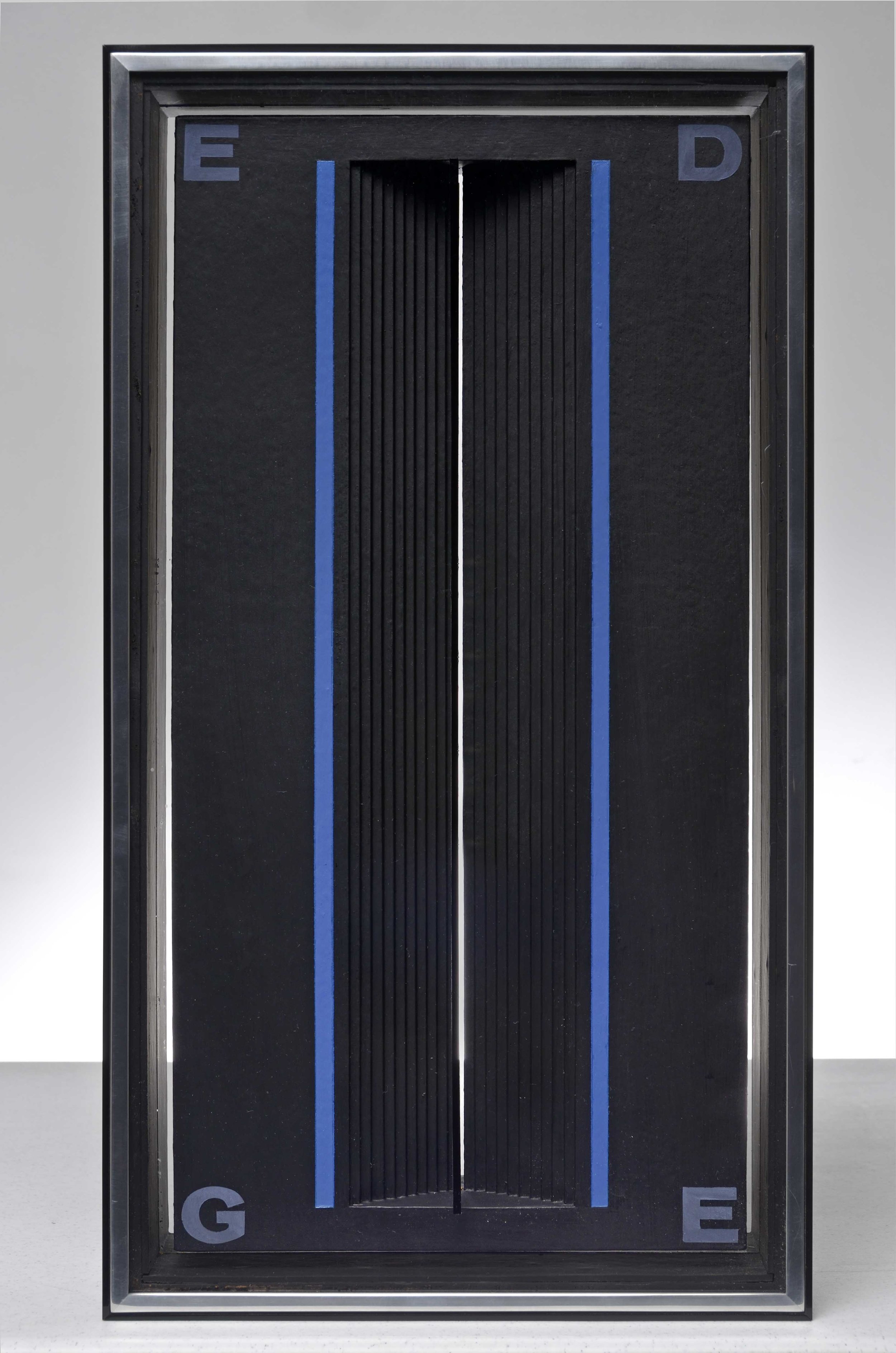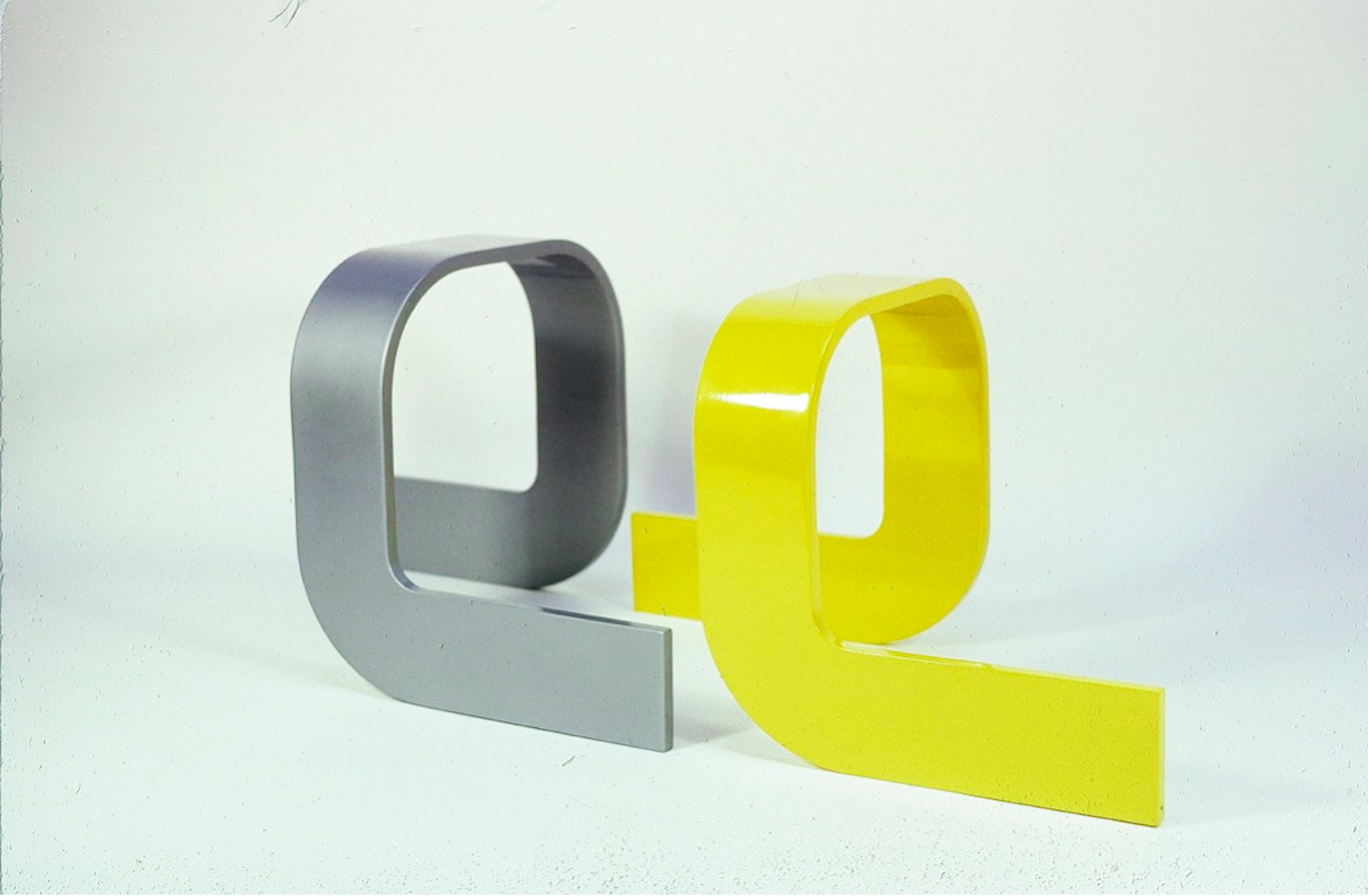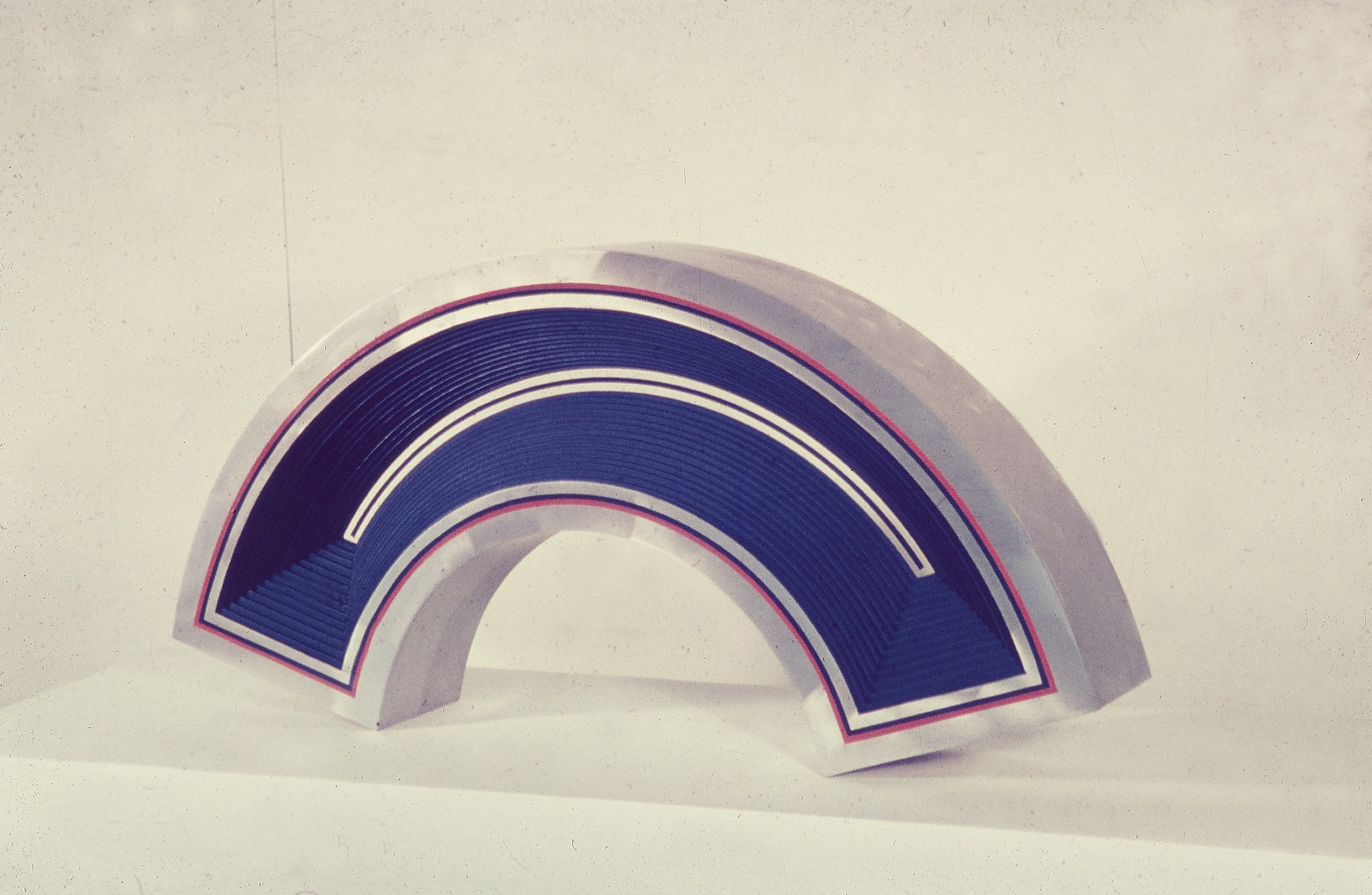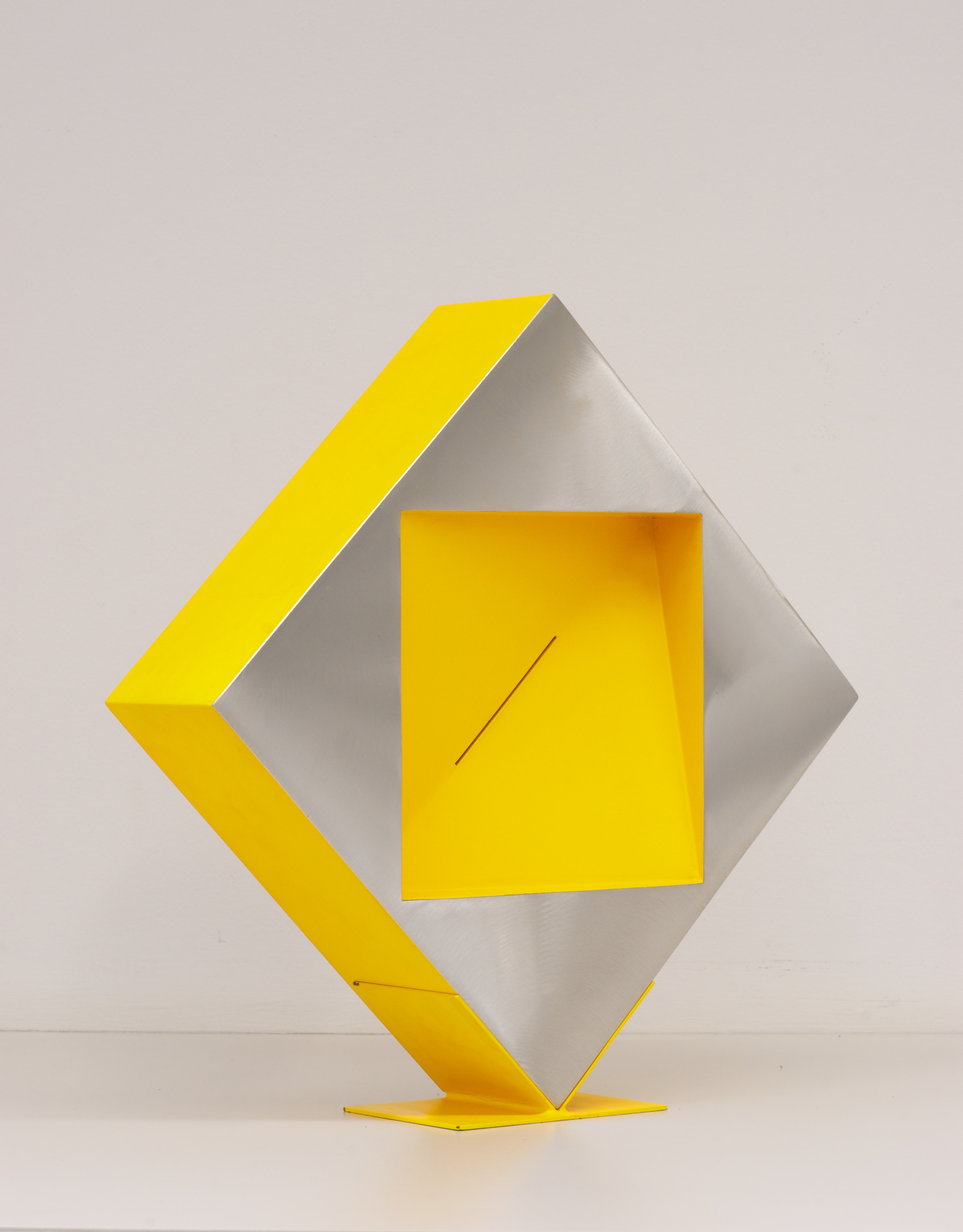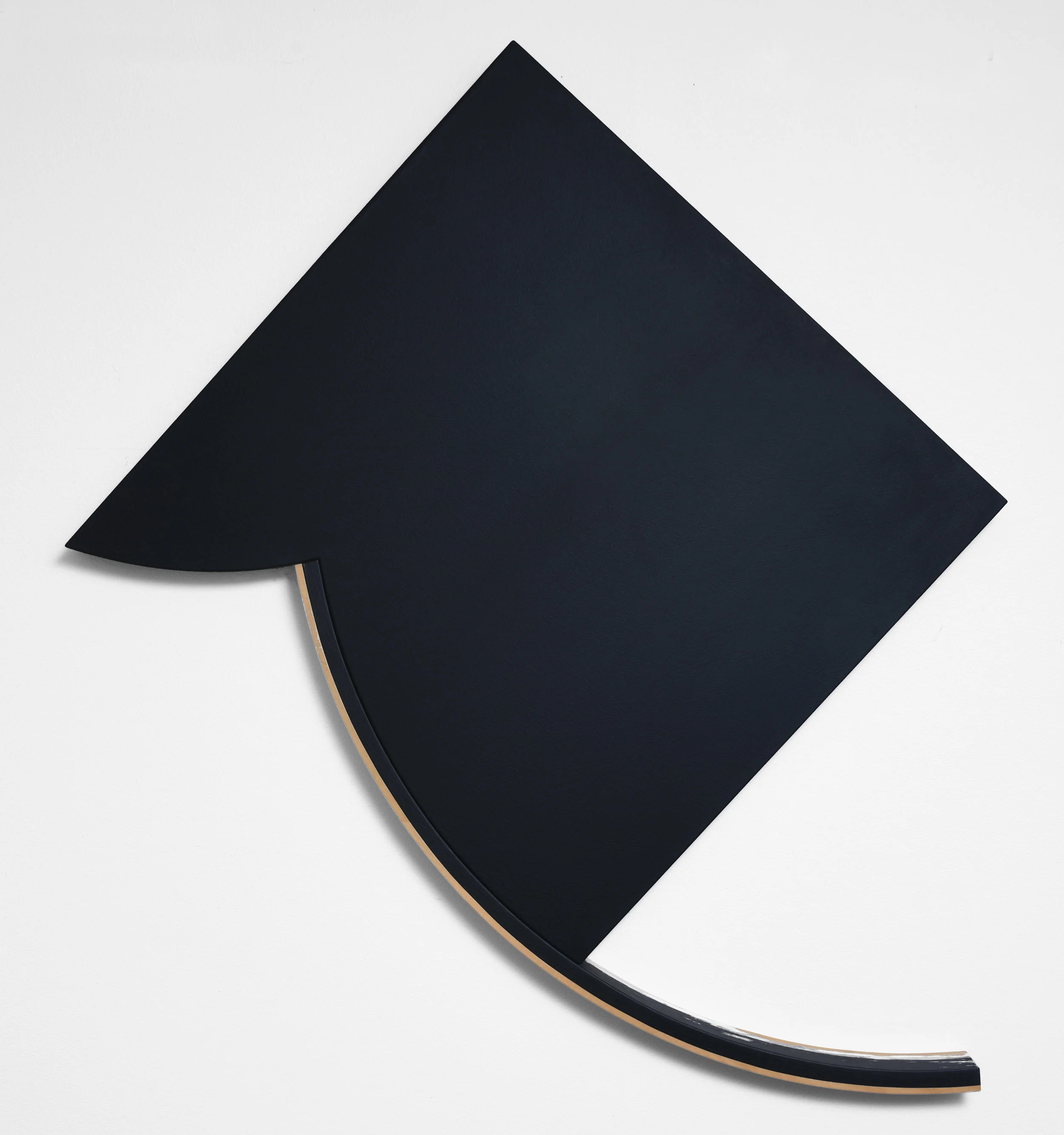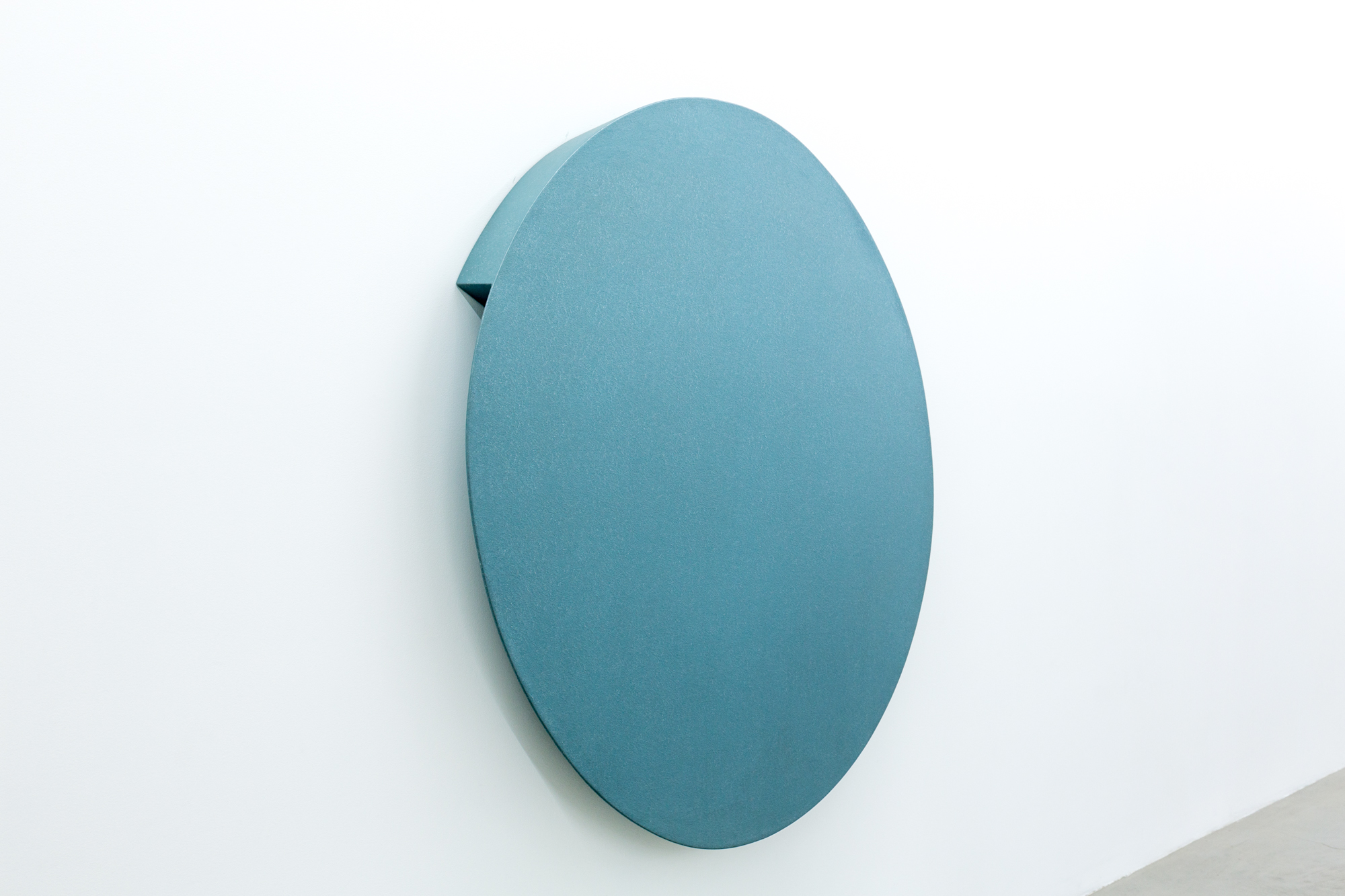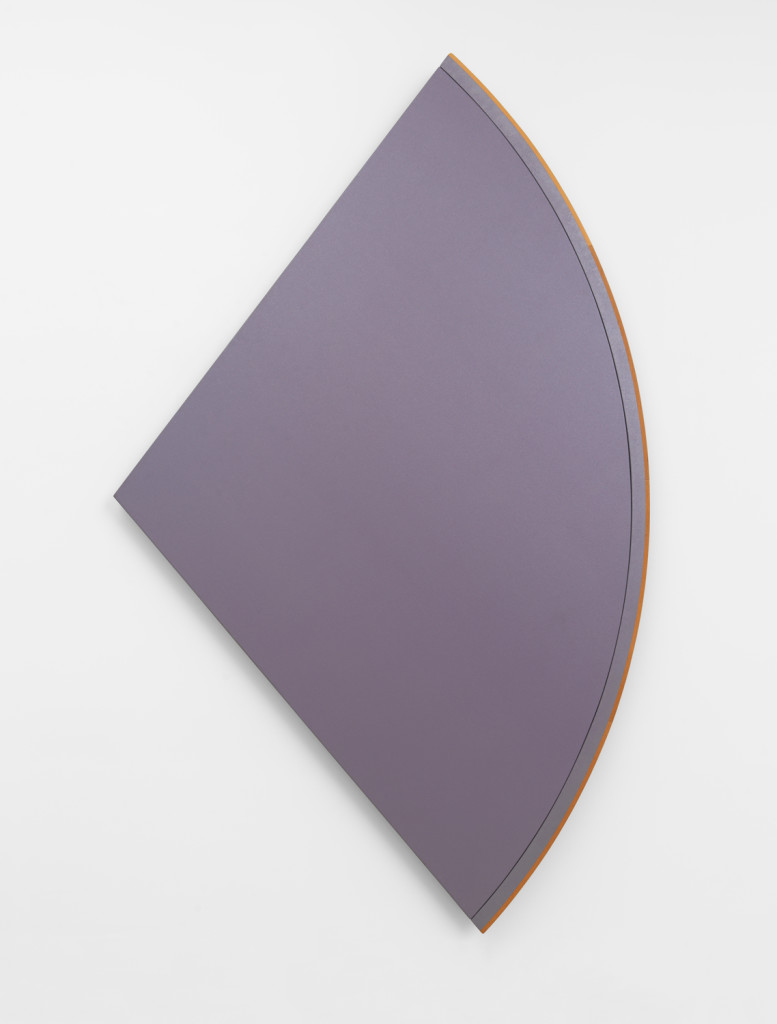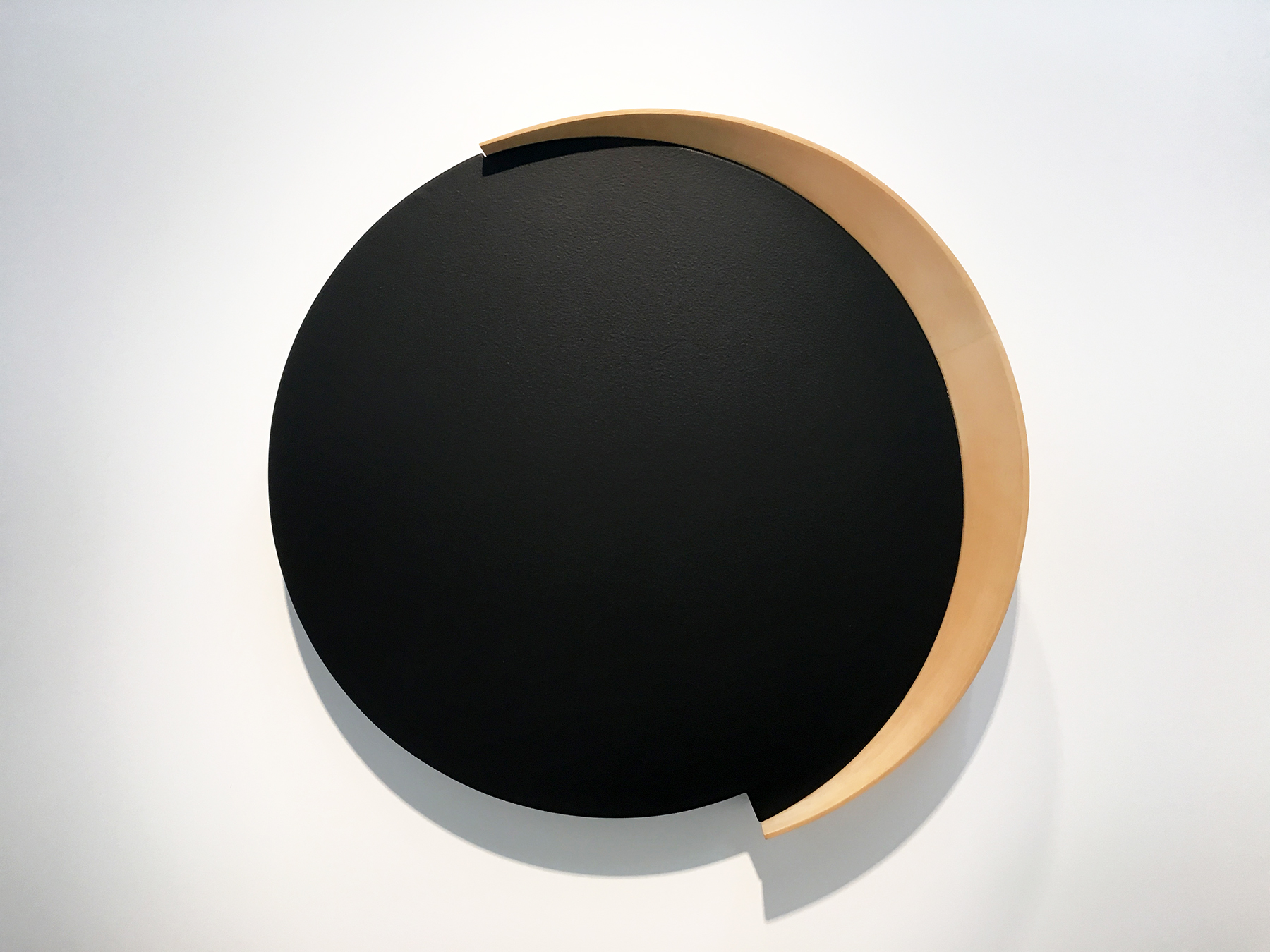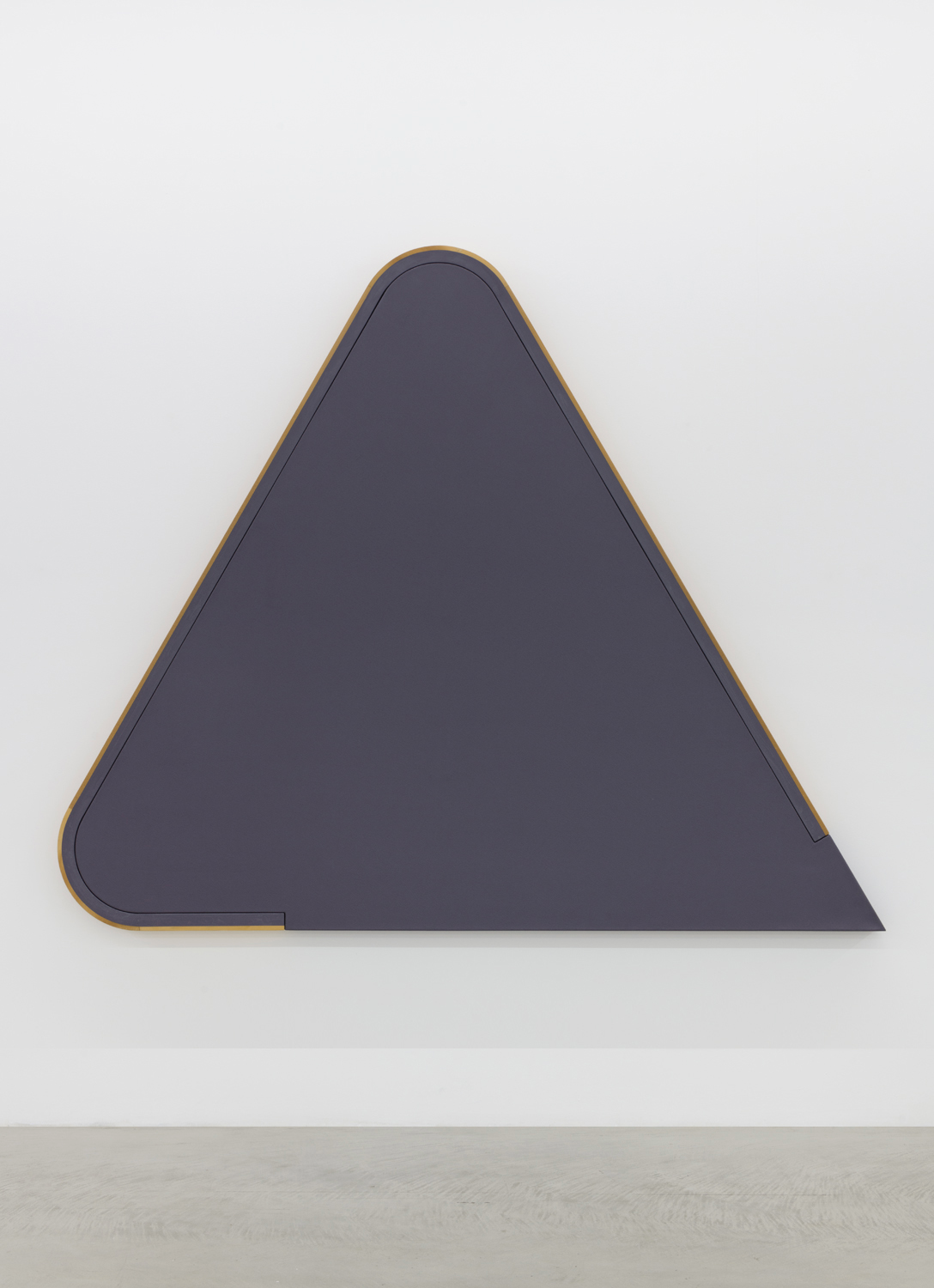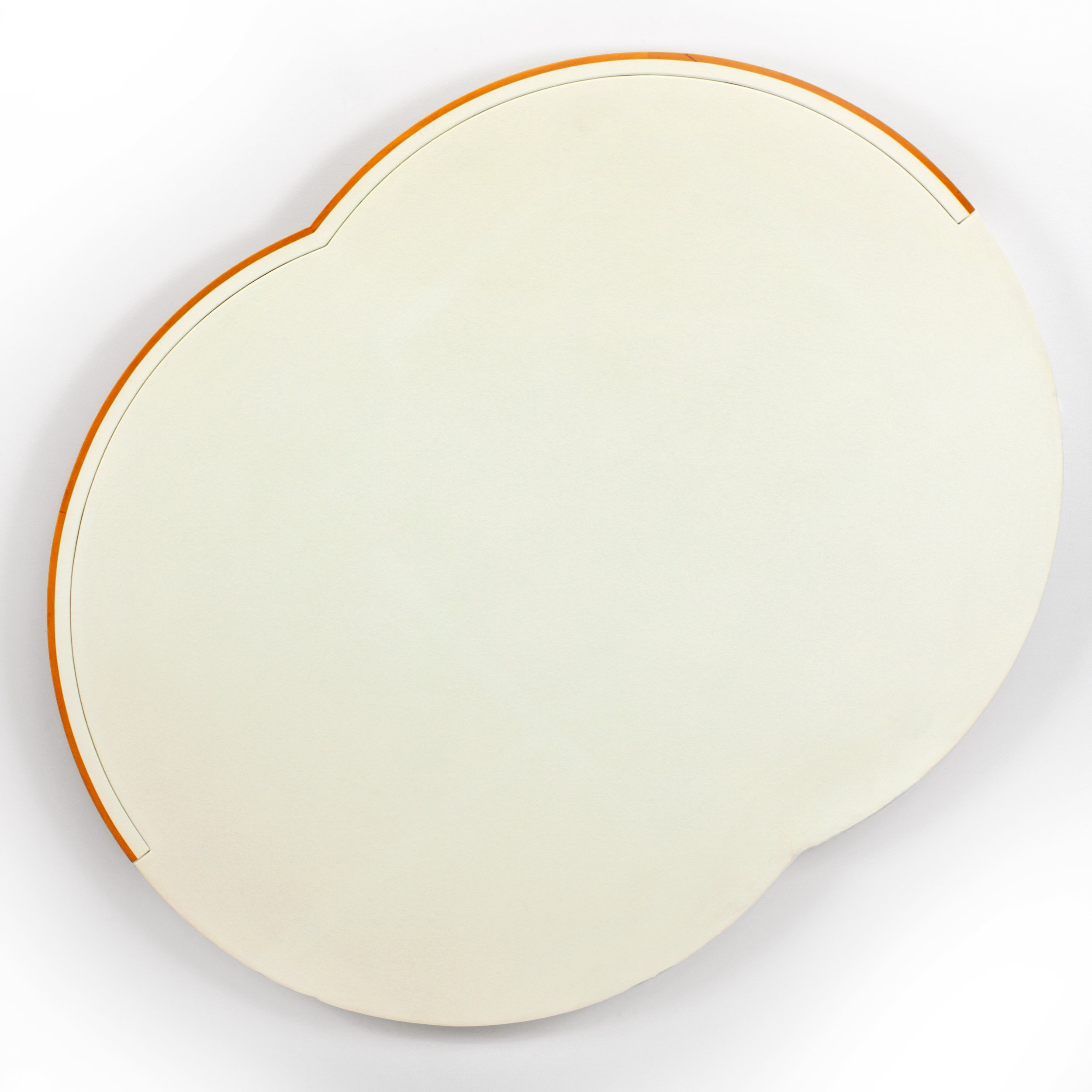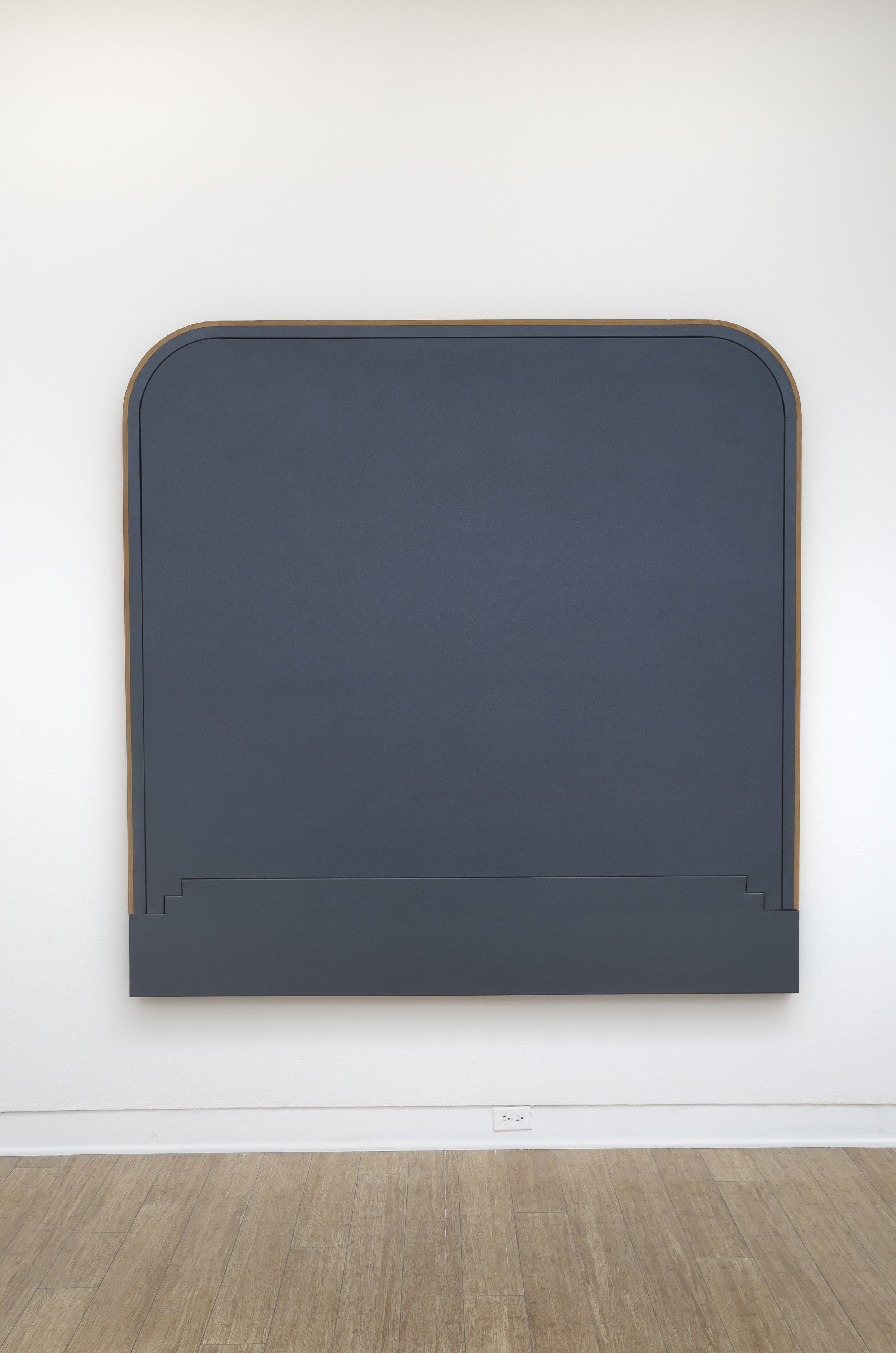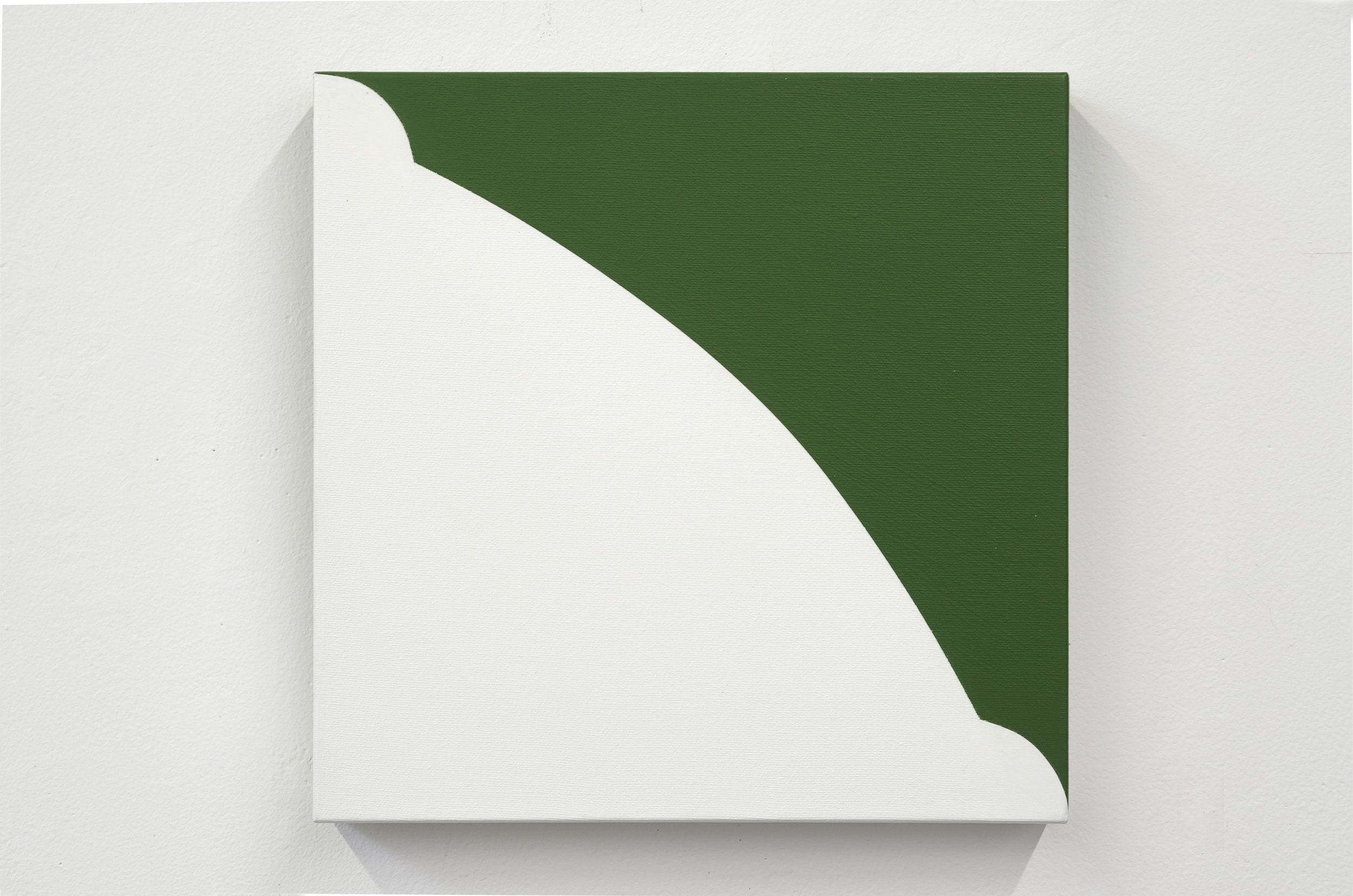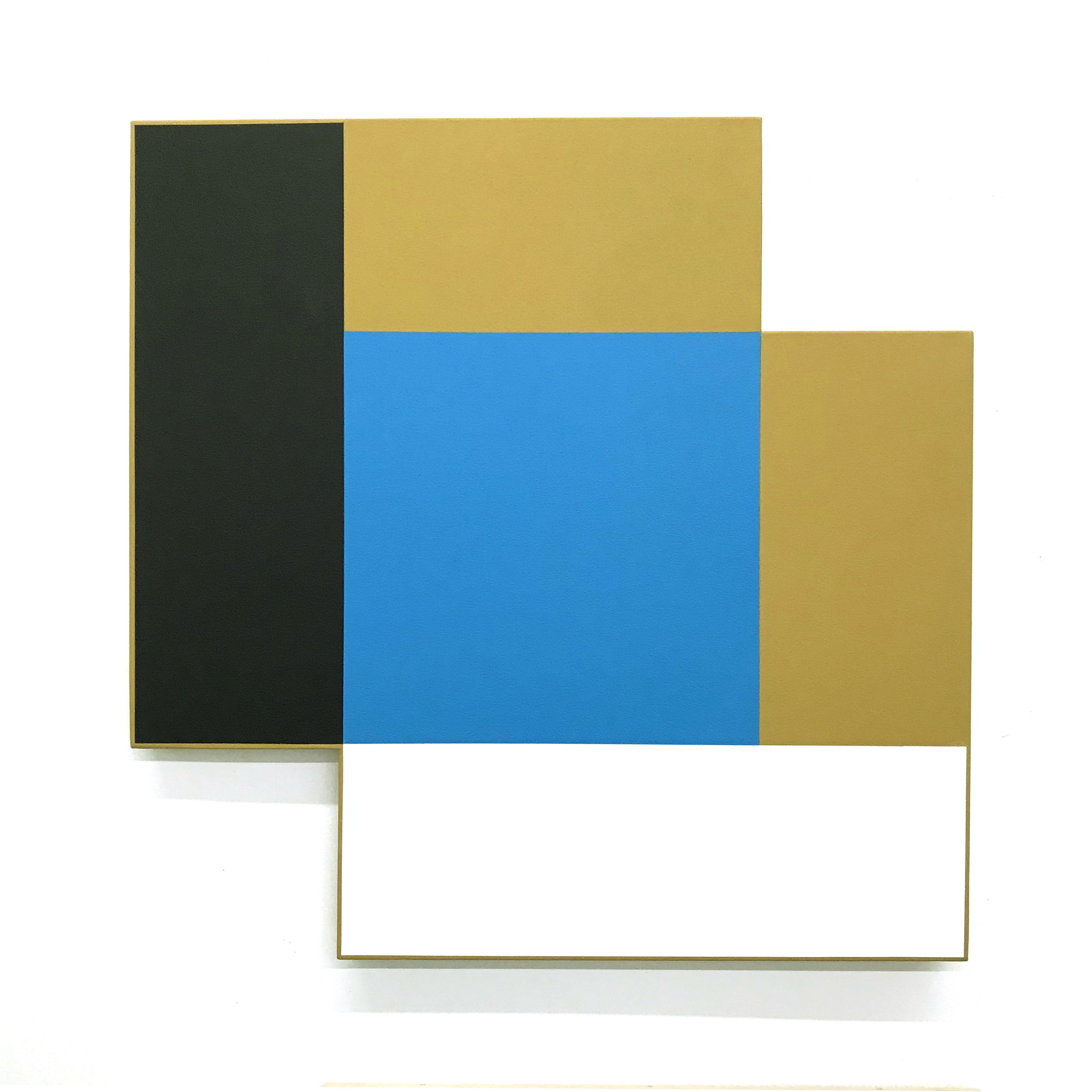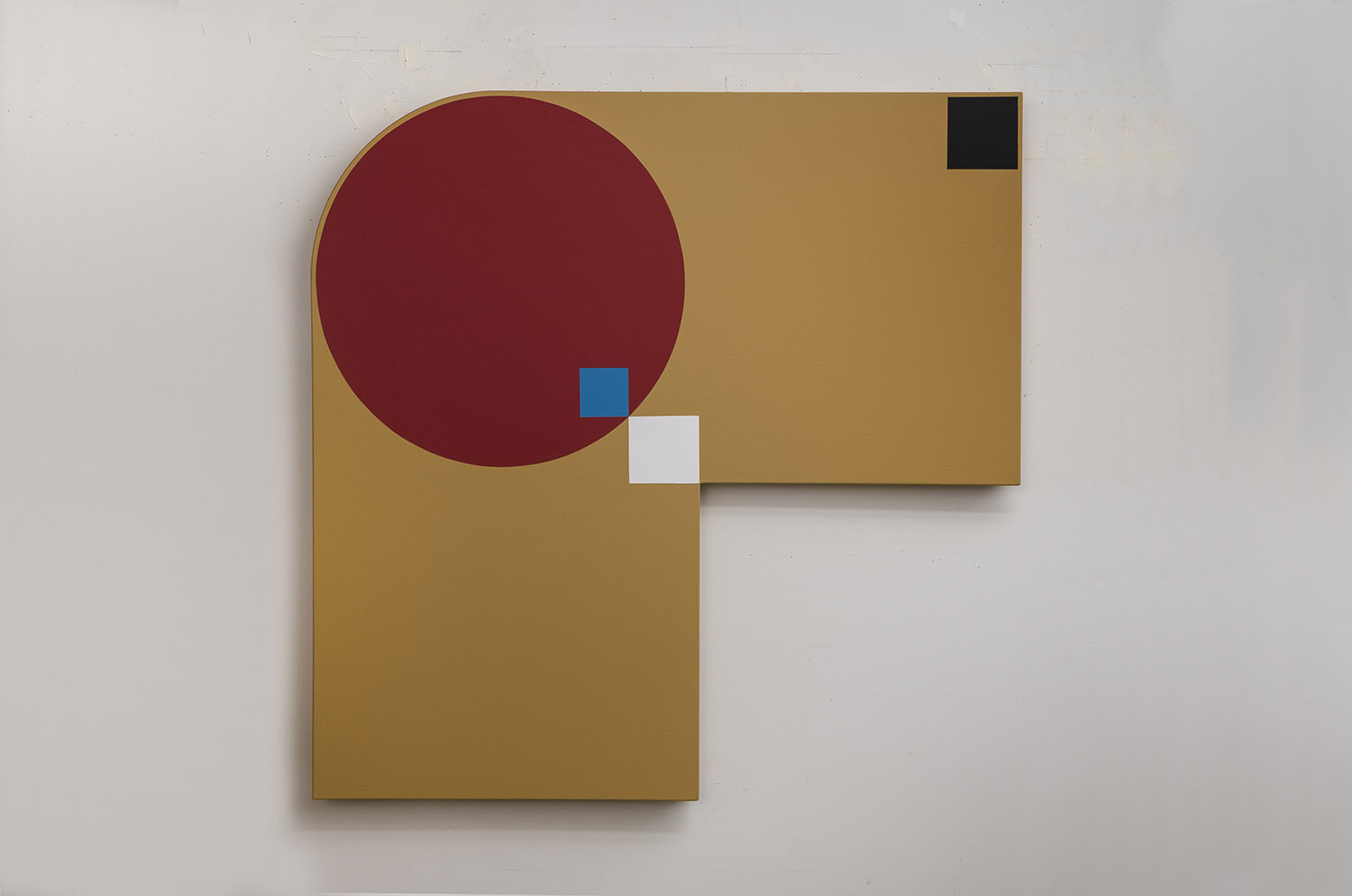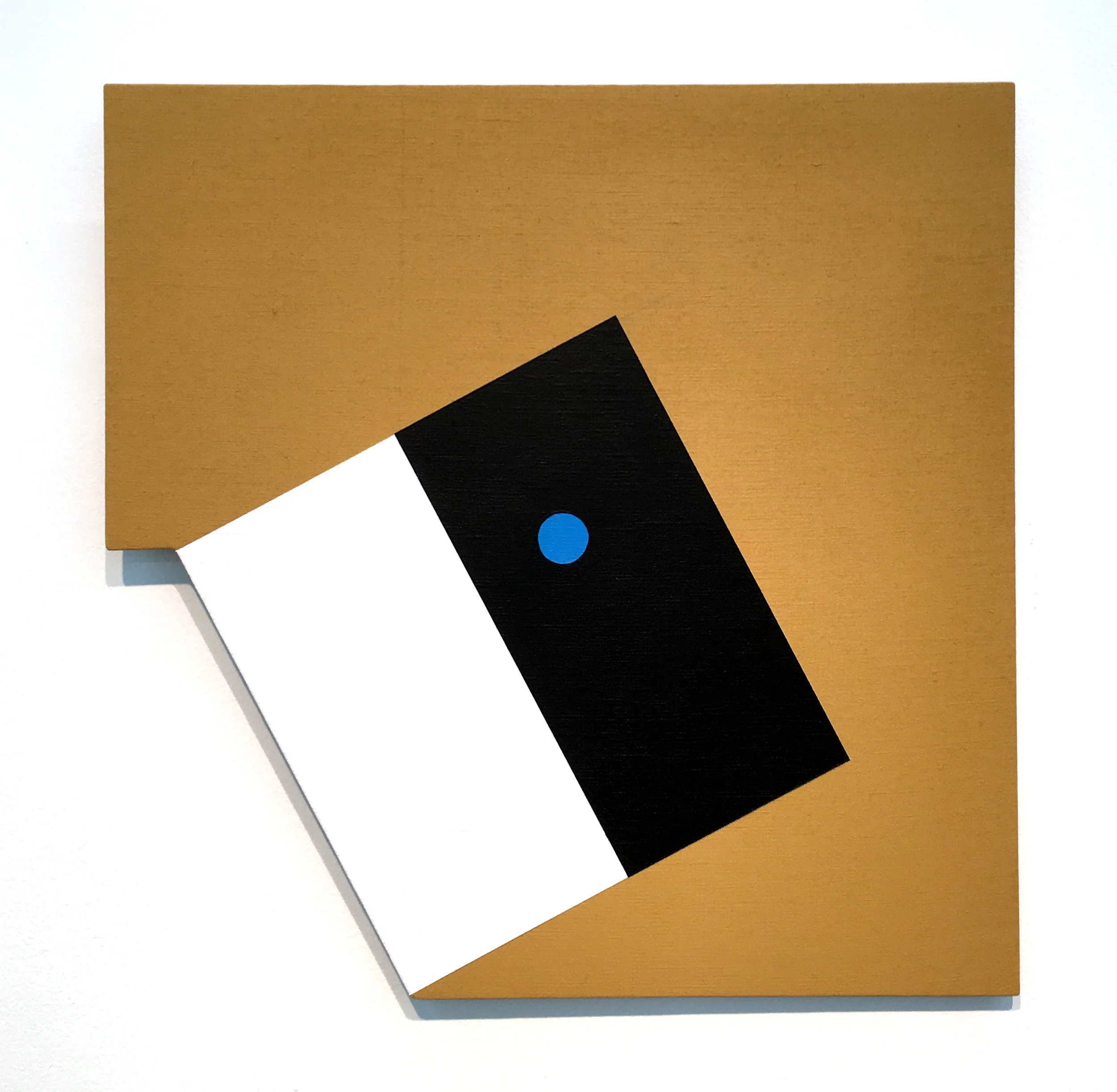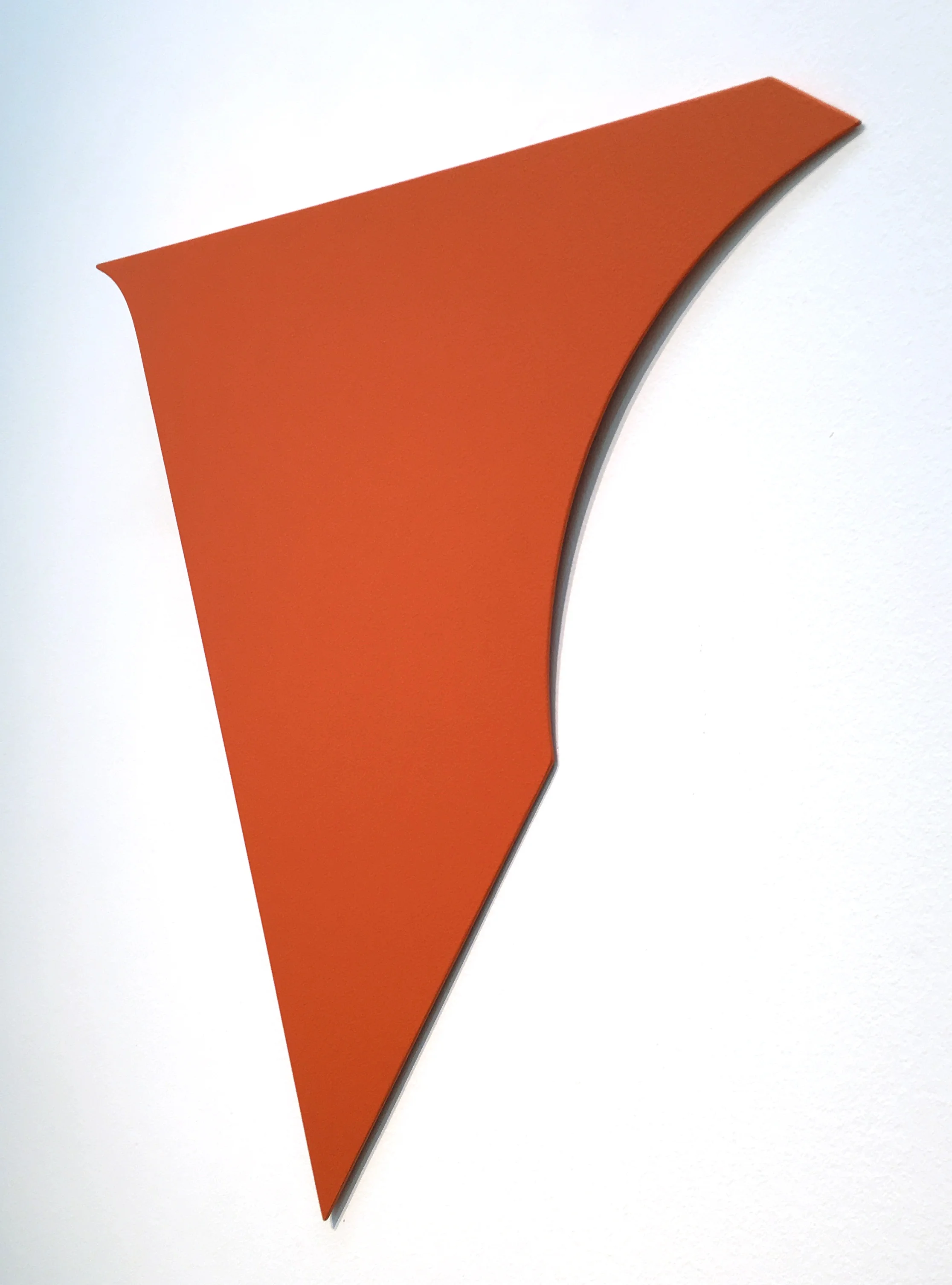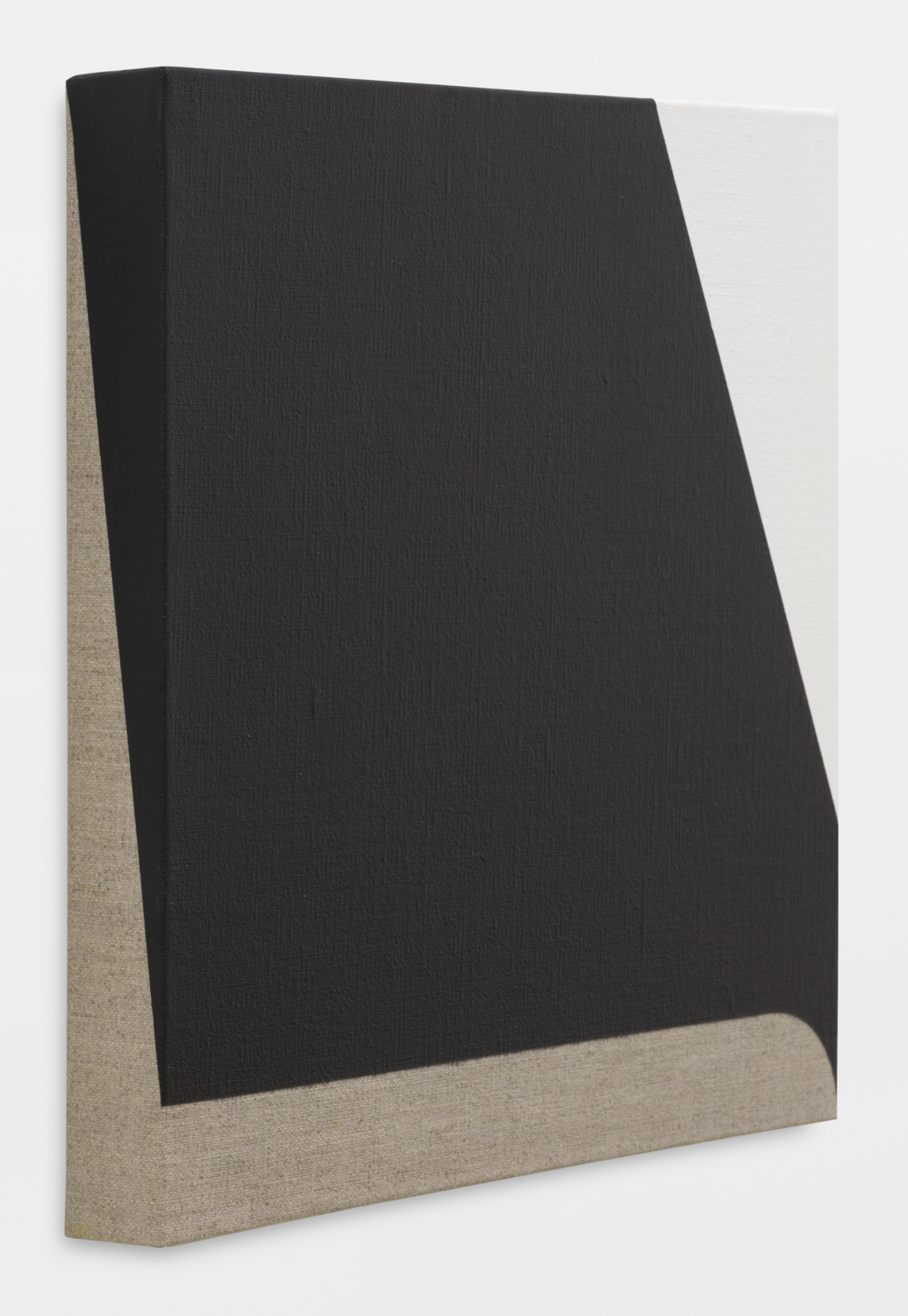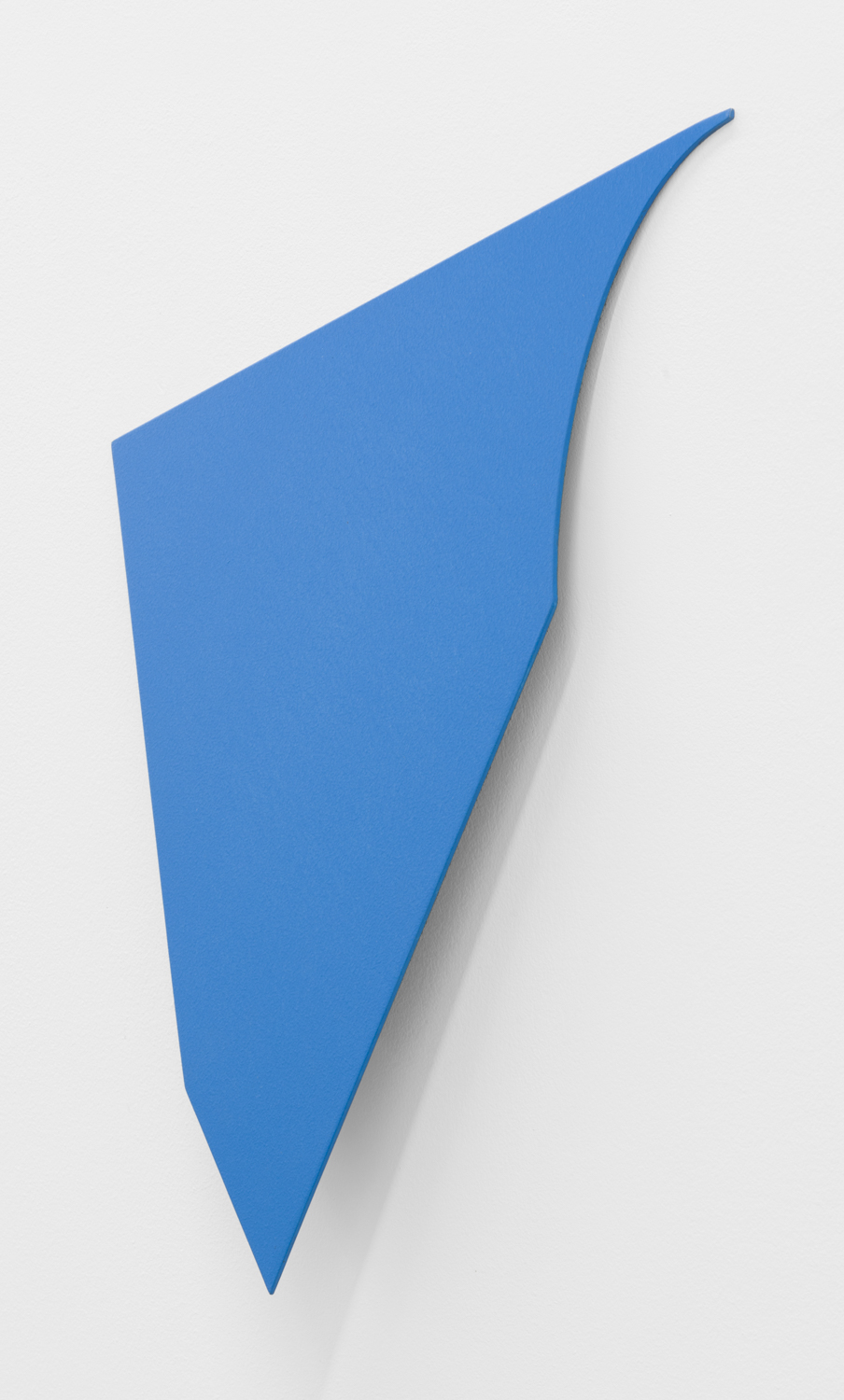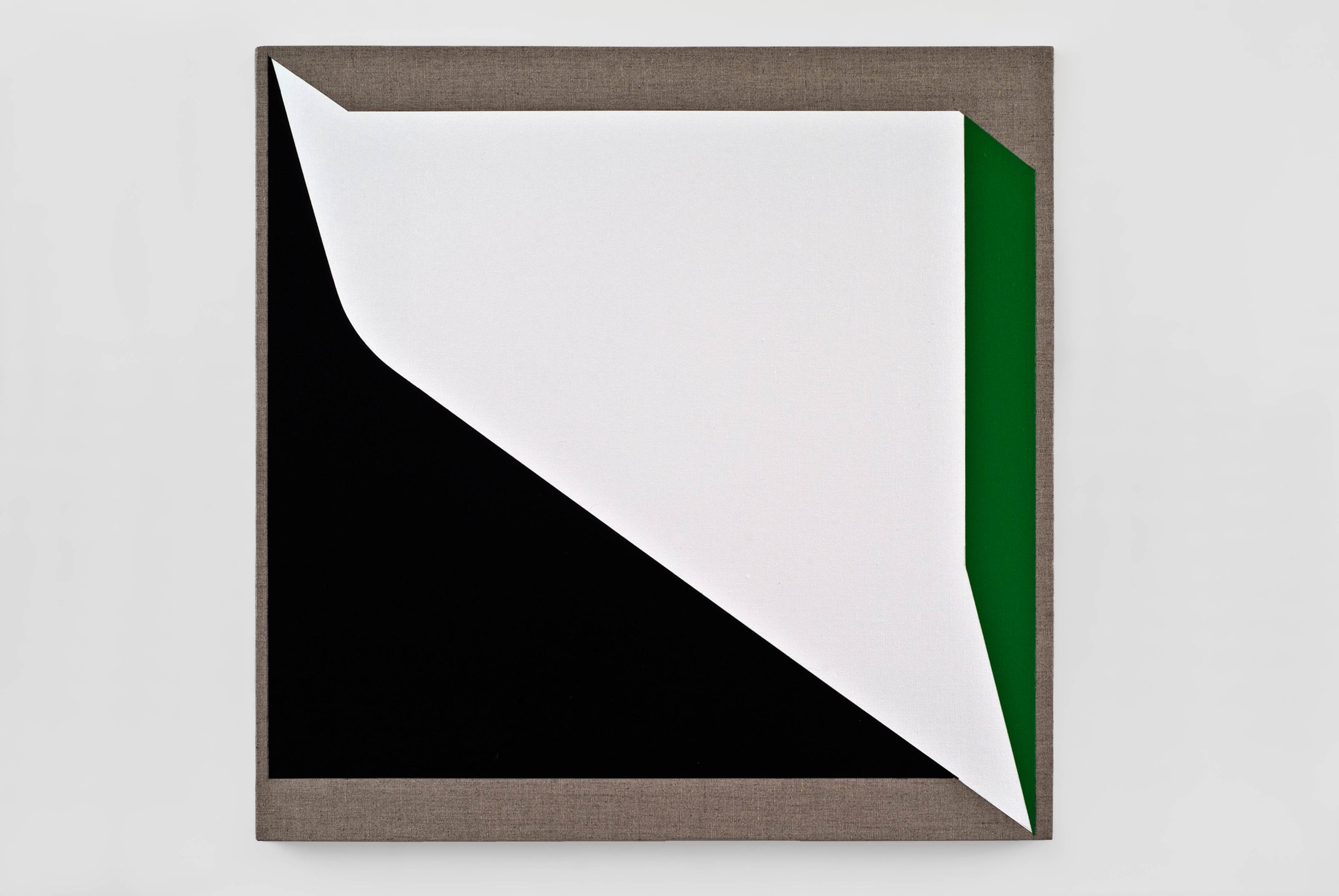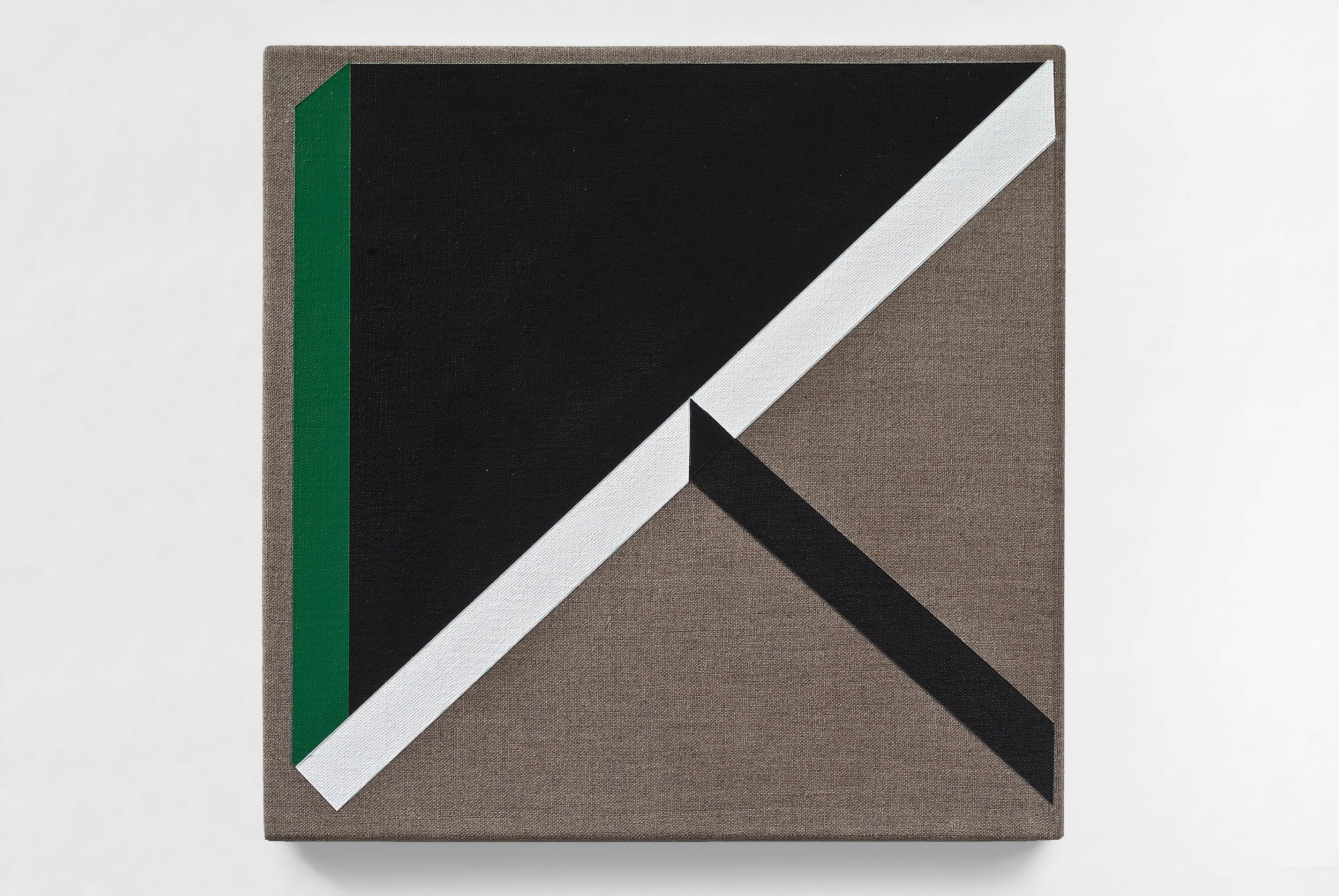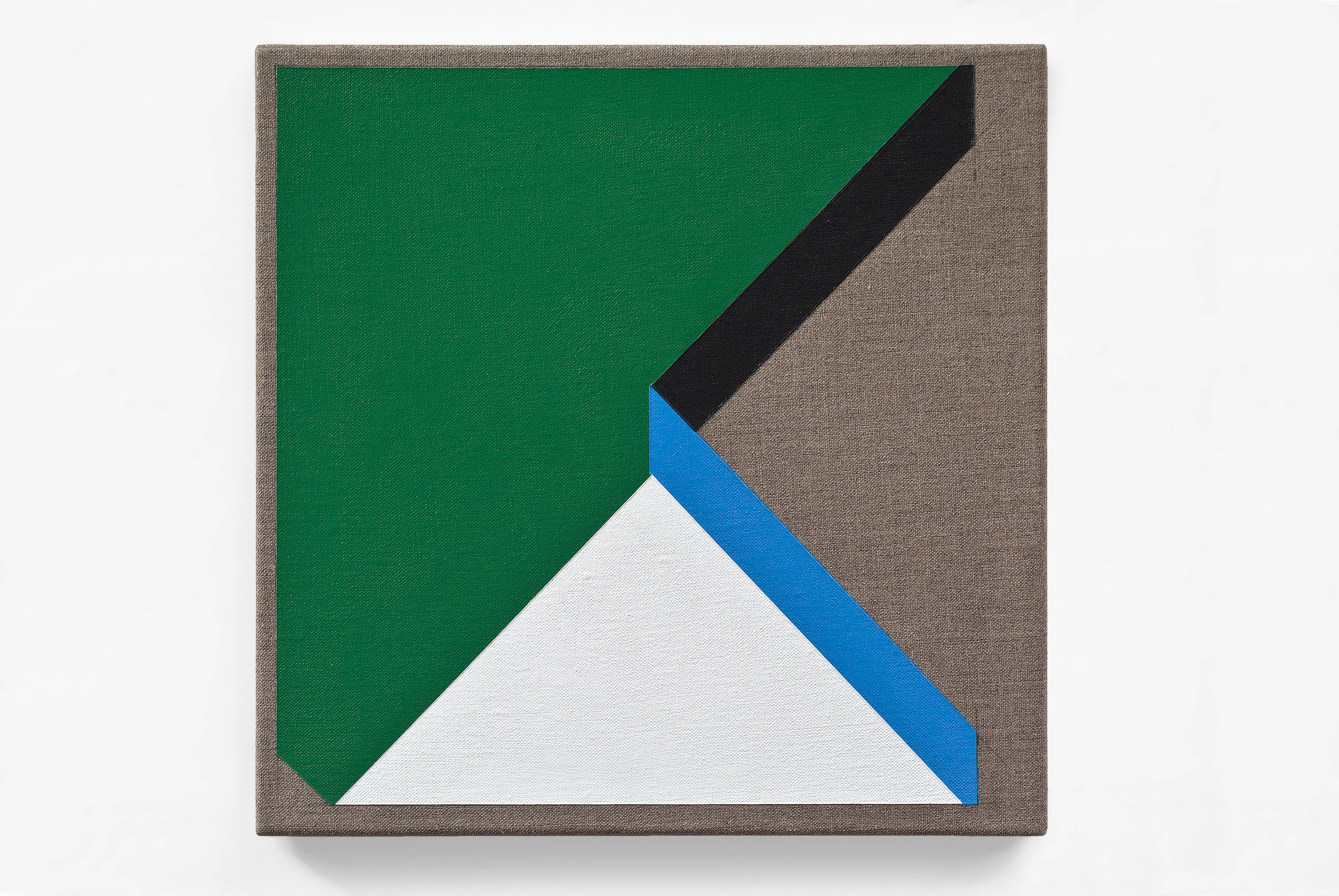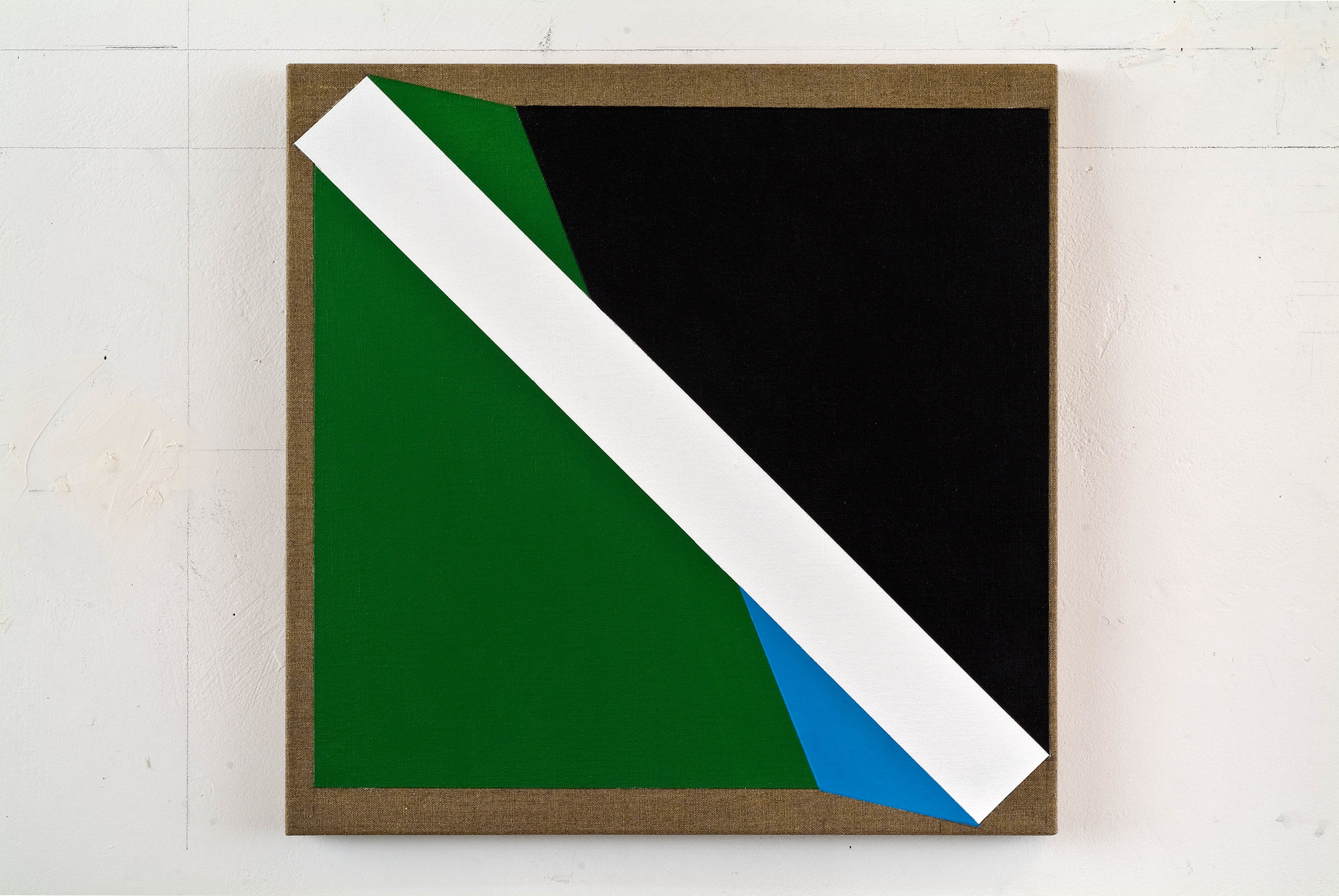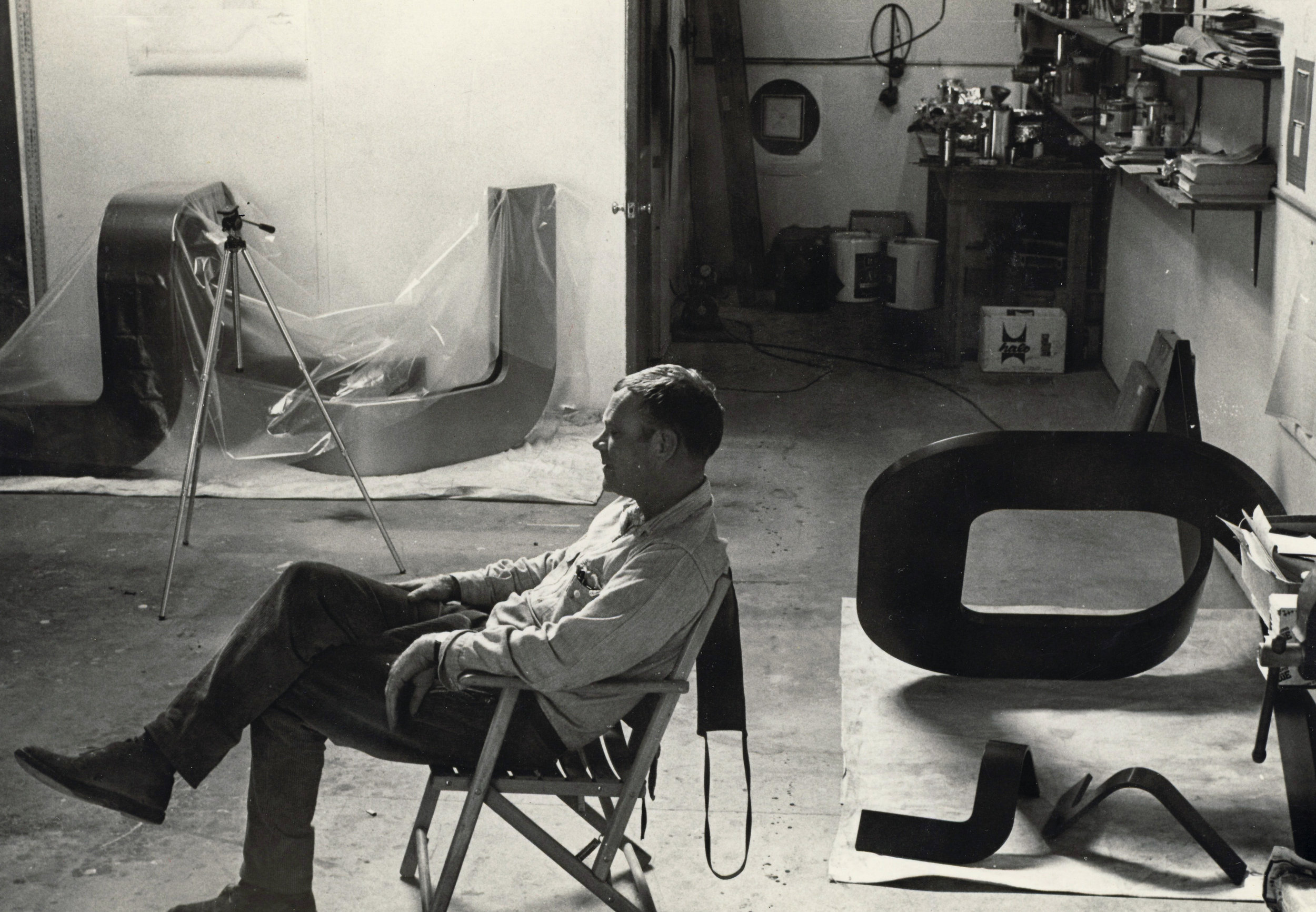
His [DeLap’s] whole art is marked by this sense of critical concern, which, with his immaculate craftsmanship, specifically communicates a feeling of perfection that entrances the eye.
John Coplans, Delap, Space and Illusion, ArtForum, February 1964
Tony DeLap is one of the most original figures to emerge in the sixties and he continues to push the tradition of geometric abstraction into the future.
Barbara Rose, Now You See It, Now You Don’t, 2014
Early Sculpture
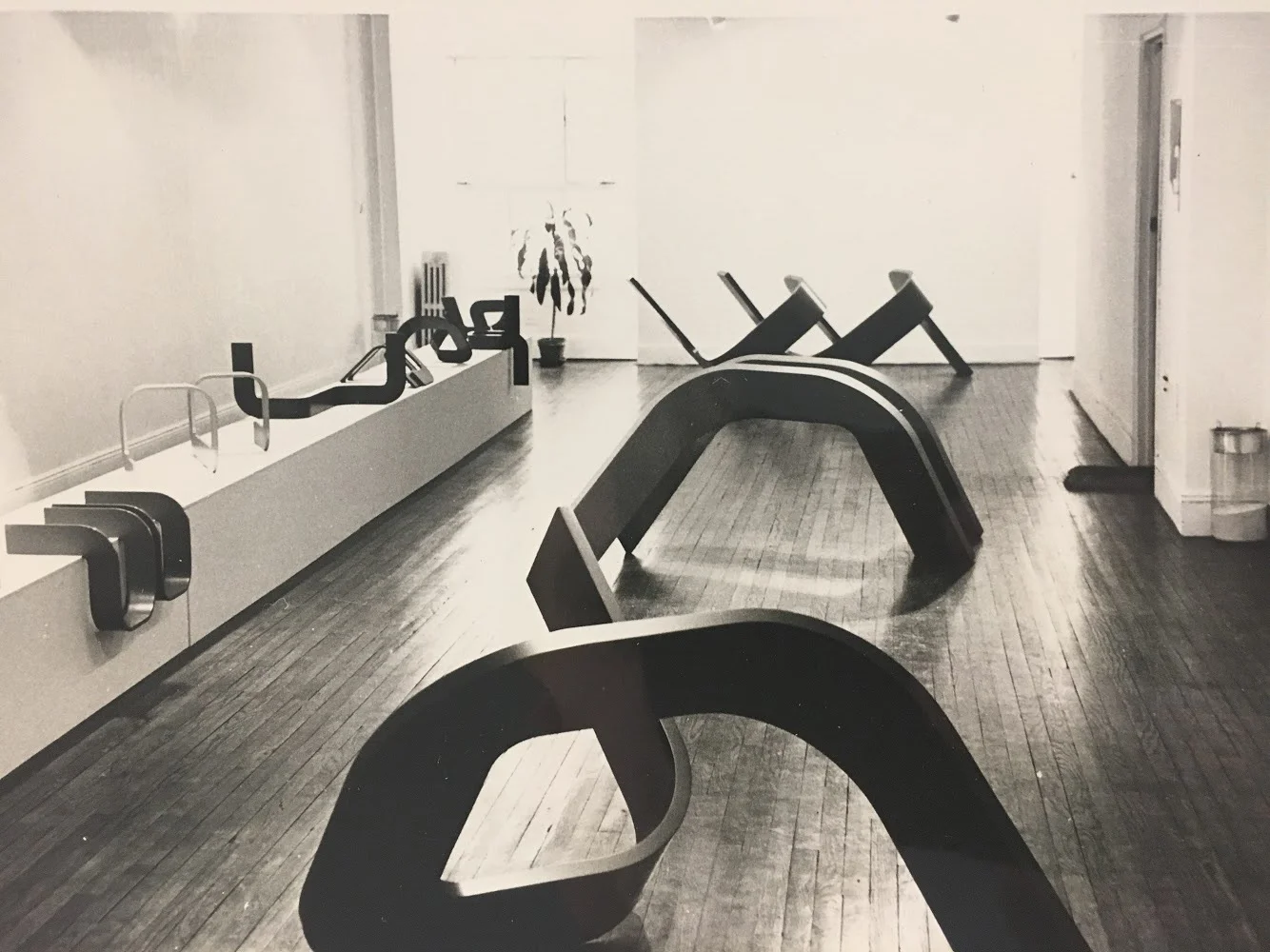
Early Sculpture
“The context of DeLap’s work was not that of his own generation but of that of his colleagues at UCI. DeLap was already a mature and accomplished artists when Coplans hired him in 1965. That year Donald Judd included DeLap, along with Larry Bell, Robert Morris, John Chamberlain, Frank Stella, and Yves Klein, in his historic article “Specific Objects.” In this influential essay, Judd defined a new category of art that denied the illusionism of painting in favor of the literal three-dimensionality of objects in real space.”
Barbara Rose, 2000 on ‘Specific Objects’ by Donald Judd, 1965
Early Painting

Early Painting
Paintings from the ‘70s, continuing into the 2000s, involve a complex simplicity of shaped wood and canvas. They are informed by the artist's interests in Architecture, Modernism, the Russian Constructivists, the history of magic illusions, and optical effects like hyperbolic paraboloids and mobius strips.
Recent Works

